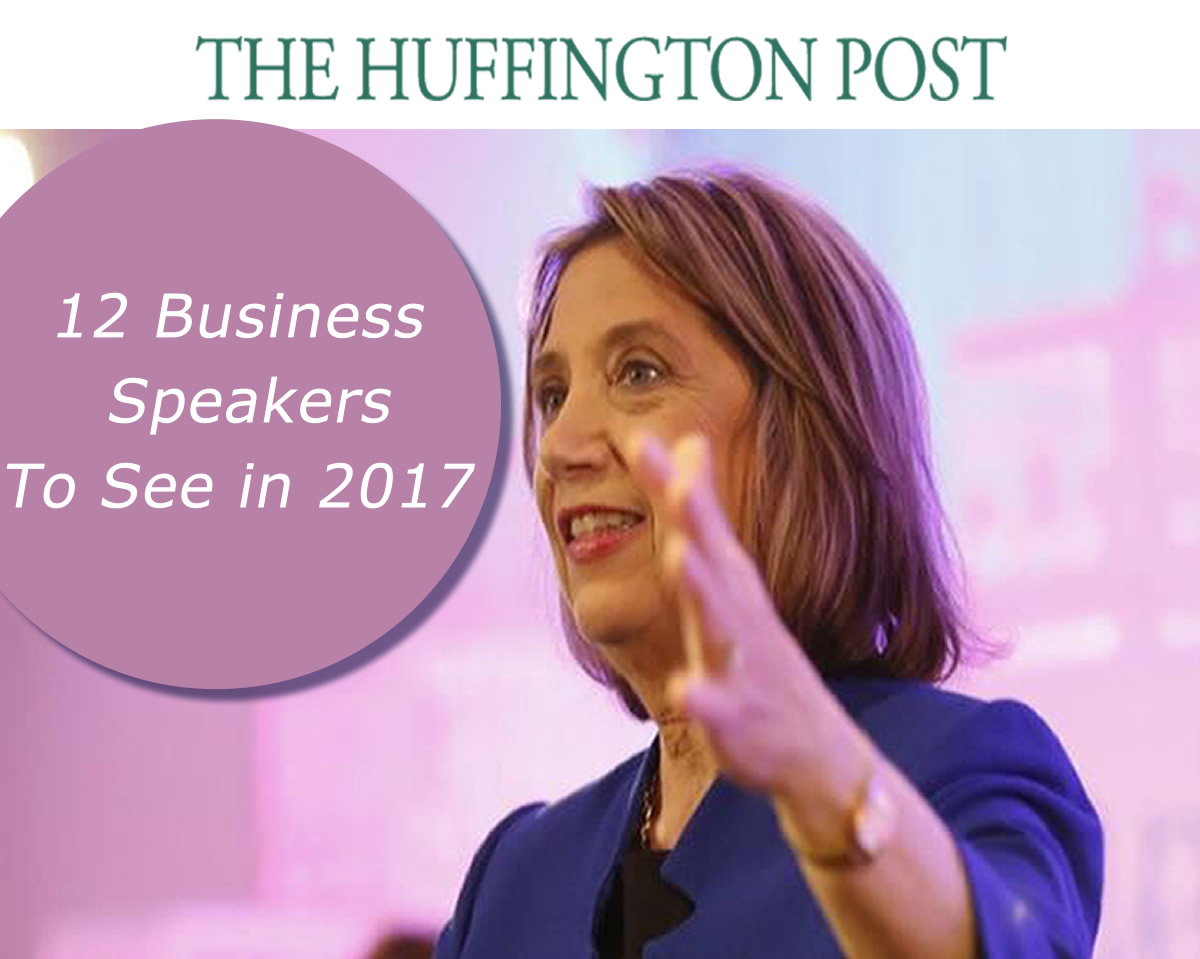We are excited to be participating in the upcoming IBM webinar, “Changing the Learning Culture,” where Blue Focus Marketing cofounder Mark Burgess and I will join Scott Edwards, Product Manager, Smarter Workforce, for a discussion of social employees—focusing on the best training models and strategies for establishing an engaged, sustainable culture. Join us on Tuesday, March 24, at 11 a.m. EST!
Changing the Learning Culture
It’s been said that social business is all about democratization—about empowering a workforce of social employees to act as nimble, self-sufficient brand ambassadors who have the skills, training and moxie to make in-the-moment decisions when the situation calls for it. But if that’s true, some have asked, then what role does leadership have in an era where the command-and-control model of business is quickly being supplanted?
In our book The Social Employee (McGraw-Hill, 2013), Blue Focus Marketing cofounder Mark Burgess and I argue that social leadership—especially within the C-Suite—is essential for a variety of reasons. Perhaps chief among them is the concept of transparency and visibility: If you’re not adopting and modeling the social processes you want established within your workforce, why should you expect your employees to?
This is where the importance of social leadership begins. But of course, leadership in any era is about providing a vision of where business is headed and guiding your organization in that general direction. Right now, that direction is social, an organizing structure in which employees are far more likely to buy in to new processes when they have a model to follow—and perhaps learn alongside.
How important is it? We’ll let these numbers from a 2014 BRANDFog study (which surveyed over a thousand U.S.- and U.K.-based employees) do the talking:
- 83 percent of those surveyed said CEOs active in social media are better at building relationships with customers, employees and investors.
- 75 felt that executive social engagement fosters better overall leadership.
- 82 percent agreed that CEO engagement produces industry leadership, and 77 percent agreed that leadership enhances credibility among both internal and external stakeholders.
Social leadership doesn’t just boost your credibility within an organization, but also in the public sphere. And remember, better public credibility generally means higher-quality job applicants. But while the BRANDFog numbers are interesting, their focus in the study was limited to CEO leadership, or what we call a social executive. Social executives are indeed social leaders, but social leaders also exist within all levels of an organization, and they are incredibly important to building a sustainable organizational culture. Here’s how Josh Bersin (@Josh_Bersin), in his “Predictions for 2015” report, sees it:
Hold leaders accountable for more than just performance—they are responsible for employee engagement, employee development, and developing their own successors. As we discuss throughout this report, in 2015, we will all operate in a highly competitive world for talent, so leaders must be incented to develop and retain their people. Otherwise, the organization as a whole will suffer. (p. 43)
Social leadership isn’t about personal glory. Rather, it’s about establishing a level of quality and expectations to which future employees will aspire. It’s about building brand eminence in the presence while simultaneously laying a foundation for the future.
But how do you do it?
Put a premium on education and training. Build an organizational culture that doesn’t just learn, but that values learning.
And do it in a way that empowers employees to learn on their own. At IBM, Scott Edwards is a champion of the 70:20:10 learning model, which works something like this: Employee learning is 70 percent self-directed, 20 percent mentoring and coaching and 10 percent formal training. Now, if we know that over two-thirds of all employee learning is done independently, then formal training efforts must be built around the idea of employee empowerment, providing them with the tools and critical thinking skills to ask the right questions and to seek the answers in the right places. More than that, organizations have a responsibility to build a resource infrastructure that supports self-directed learning.
And here’s the great thing about a social learning culture: When somebody discovers a bit of valuable knowledge, they’re going to want to share it. These are your leaders in the making, bubbling up to the surface through the process of social learning and eager to spread the word. So whatever platform you provide to help them share—be it a blog, an employee work group or an internal messaging channel—just make sure that others can access this valuable resource. This will enable others in the organization to address similar needs more efficiently—and through a trusted internal channel.
From there, the knowledge base of your organization can only grow—raising the bar of what your employees can accomplish and establishing your brand eminence within the industry.
Sounds like a win-win to me.
Below are recent endorsements for The Social Employee (McGraw-Hill, August 2013) by Tom Peters and David Aaker on their social networks, but if you want to see more of their endorsements click here.

In The Social Employee, we go behind the scenes with several leading brands—such as IBM, AT&T, Dell, Adobe, Southwest Airlines, Cisco, Acxiom, and Domo—pulling the lid off the inspiring social business success stories that have propelled these companies into the 21st century. These cutting-edge brands have all come to the same realization: the path to social business lies through empowering the social employee.
See what others are saying about The Social Employee and order your copy today!
Please check out @SocialEmployee media buzz! 
“Great brands have always started on the inside, but why are companies taking so long to leverage the great opportunities offered by internal social media? . . . The Social Employee lifts the lid on this potential and provides guidance for businesses everywhere.” —JEZ FRAMPTON, Global Chairman and CEO, Interbrand
 The Social Employee offers an unparalleled behind-the-scenes look at the social business success stories of some of the biggest brand names in the business world, including IBM, AT&T, Dell, Adobe, Southwest Airlines, Cisco, Acxiom, and Domo. These cutting-edge brands have all come to the same realization: the path to social business lies through empowering the social employee.
The Social Employee offers an unparalleled behind-the-scenes look at the social business success stories of some of the biggest brand names in the business world, including IBM, AT&T, Dell, Adobe, Southwest Airlines, Cisco, Acxiom, and Domo. These cutting-edge brands have all come to the same realization: the path to social business lies through empowering the social employee.
The brands that leverage their employee base in order to engage customers and prospects through social media are the ones destined to win the marketing wars. This book not only details the astronomical rise of the social employee, but also outlines the innovative methods that leading companies have employed to foster cultures of enthusiastic and engaged workers.
FOR EWORD by David C. Edelman, Global Co-Leader, Digital Marketing & Sales Practice, McKinsey & Company
EWORD by David C. Edelman, Global Co-Leader, Digital Marketing & Sales Practice, McKinsey & Company
AFTERWORD by Kevin Randall, Vice President of Brand Strategy & Research at Movéo Integrated Branding, and journalist for The New York Times, The Economist and Vanity Fair.
Download ~> Free Chapter 3 – “Brands Under Pressure”




















Trackbacks/Pingbacks